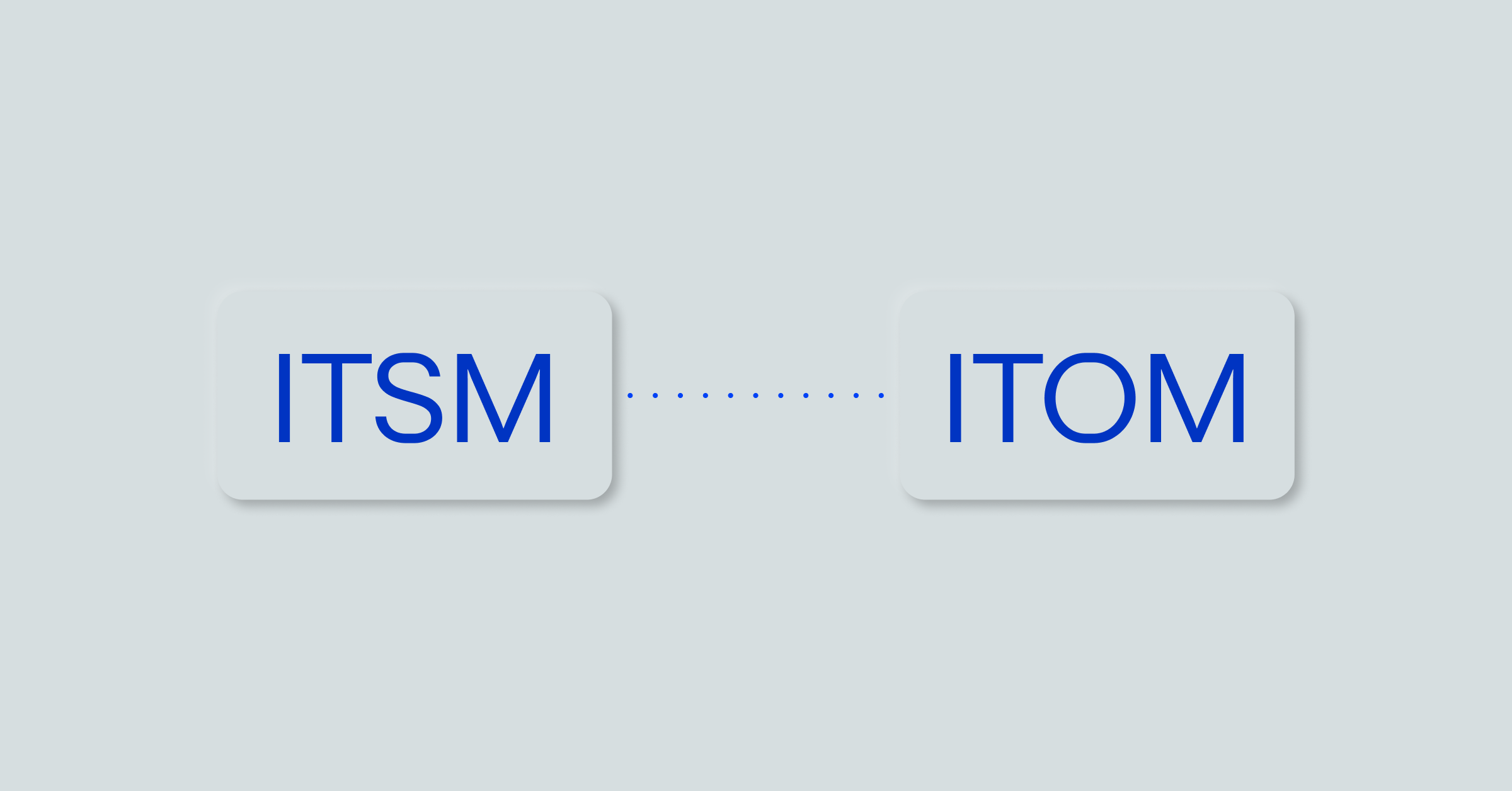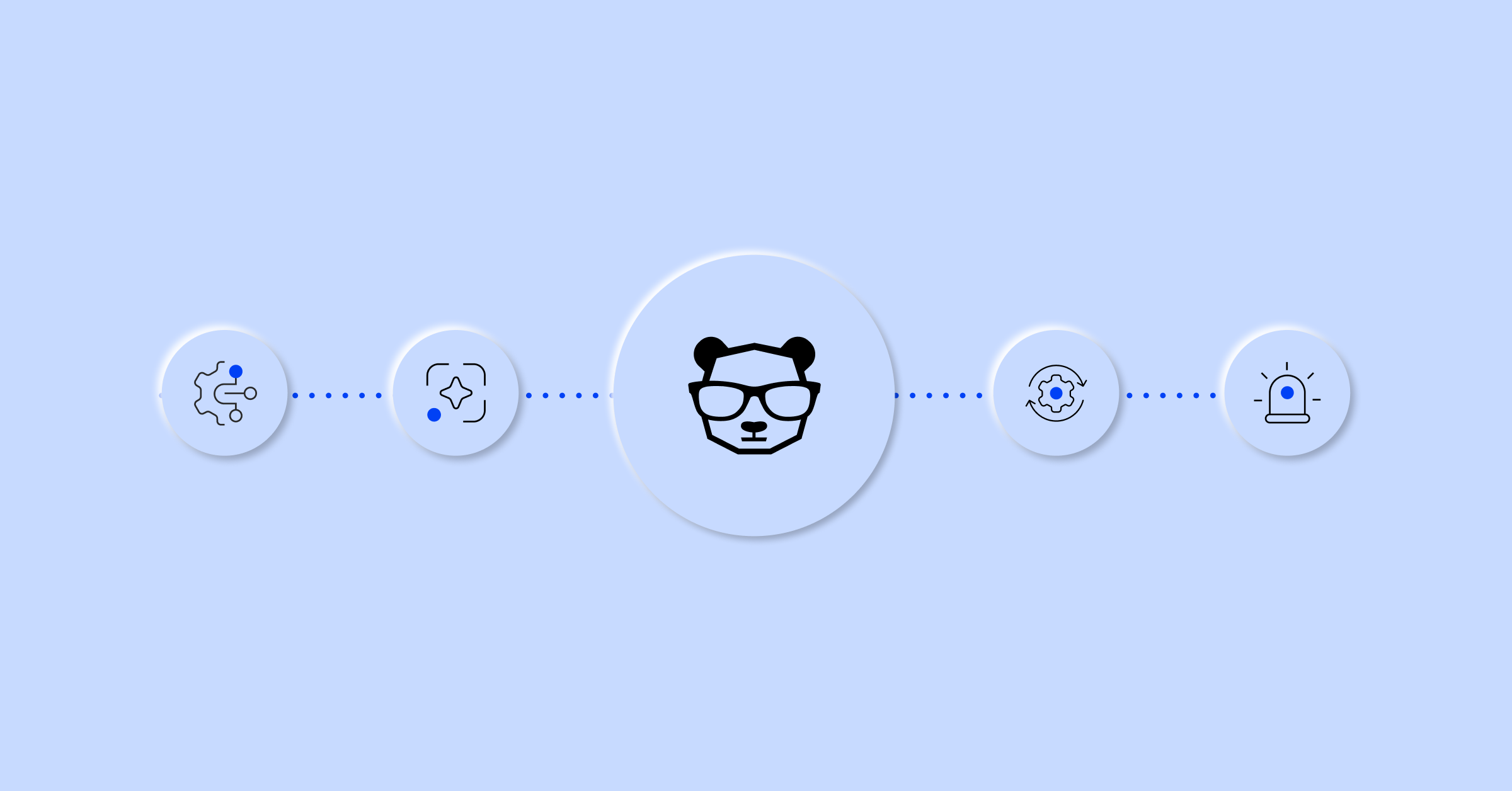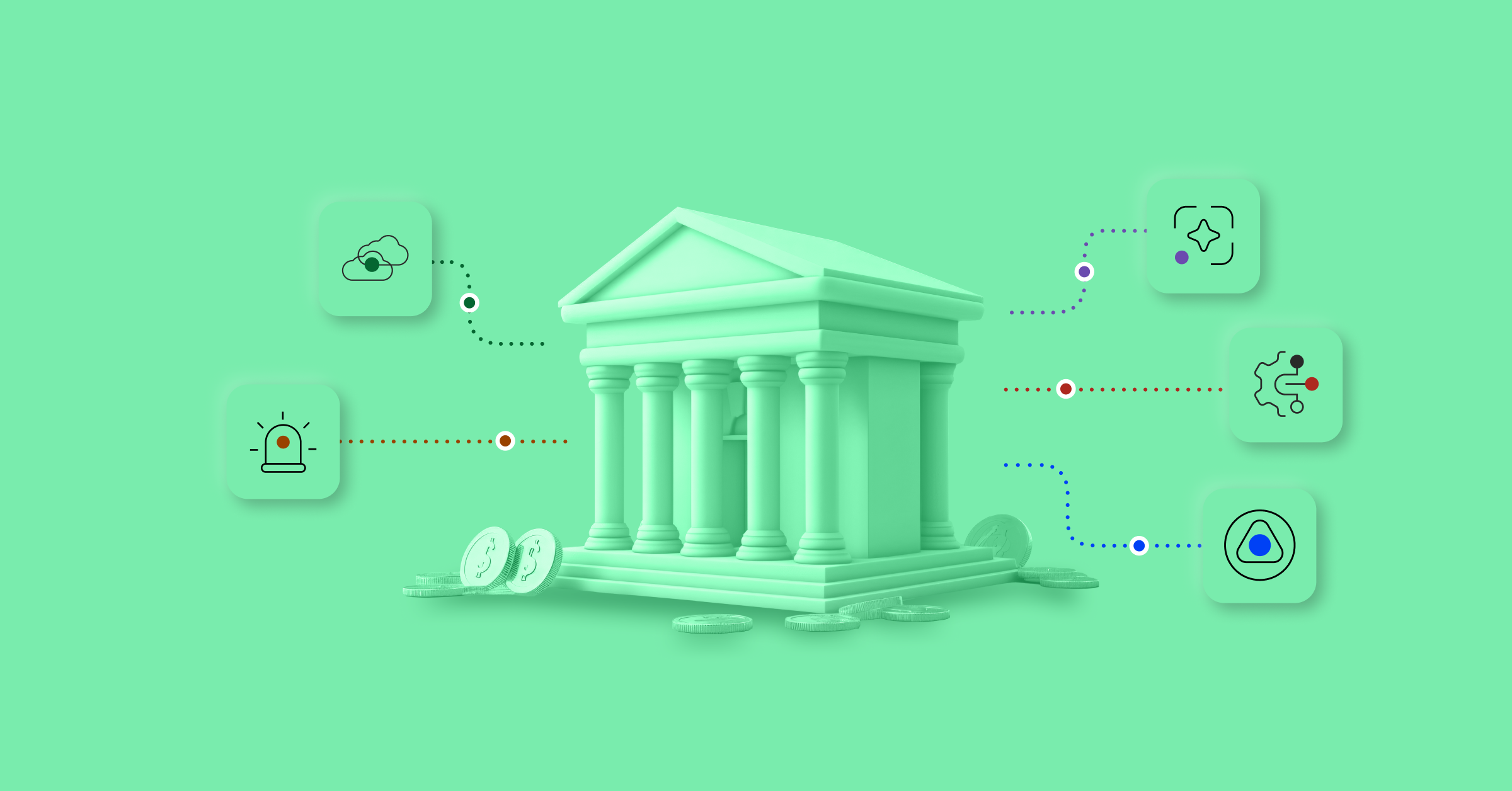CIO Dive Playbook: AIOps brings calm to overwhelmed IT Ops teams

Much has been said about how Artificial Intelligence (AI) is already proving its ability to transform business, as well as the way most people live. In fact, according to Accenture’s “ExplAIned: A Guide for Executives,” AI is on par with such life-changing innovations as electricity and the internal combustion engine, and is no longer science fiction. This is the result of recent developments in AI’s supporting technologies – cloud, computing power, open-source software and machine learning (ML) – alongside an explosion of data that can be used to train it.
AIOps to the Rescue
This rapid development of AI technologies is both propelling and propelled by the larger trend of enterprise digital transformation, which is widely seen as essential for the growth and future survival of any business. This digital transformation is being enabled by a host of fast-moving technologies which multiply the complexity and volume of the work that must be handled by IT operations.
To help them manage this barrage, solution providers are building new IT operations platforms powered by AI and ML, called AIOps. And as a recent Gartner research shows – in 2020 approximately 50% of businesses are expected to actively use AIOps technologies together with application performance monitoring to provide insight into both business execution and IT operations.
The Advantages of AIOps
As opposed to manual or rules-based automation solutions, AIOps allows organizations to scale and manage the complexity, diversity and volume of data involved in managing IT operations in the modern technology environment. In doing so, it makes an impact on several key elements in IT Ops:
- Noise reduction: Alerts produced by disparate and disconnected systems are coming at NOC teams like water from a firehose, making the noise IT Ops must deal with increasingly unmanageable. AIOps quickly and automatically correlates related alerts into the same incident, dramatically reducing alert noise.
- Detecting outages, disruptions and problems: By collecting and mapping alerts to service-topology in real time, the ML in AIOps picks up on insights and patterns that are hard or impossible for humans to identify. This means that it helps humans detect problems as they start to develop, before they snowball into crippling outages and disruptions.
- Surfacing probable root cause: Quickly finding the root cause of a problem allows faster investigation and resolution.
- Reducing tickets: By reducing noise, intelligently correlating many different alerts into a single IT incident and adding appropriate business context, ML helps the service desk deal with fewer tickets and resolve the remaining tickets much faster than before.
The Perils of AIOps
Deploying any new technology within an enterprise is inherently risky, and from that perspective AI and ML are no different. Avoiding disruption, reducing risk and going live in a reasonable time-frame are all big challenges – as are the “Black Box” characteristics of most ML solutions available today which lead to serious trust issues.
So how do you overcome these perils, successfully adopt AIOps and brings calm to your overwhelmed IT Ops teams? Read the CIO Dive AIOps Playbook to learn what leading analysts, studies and BigPanda are saying is the answer.



